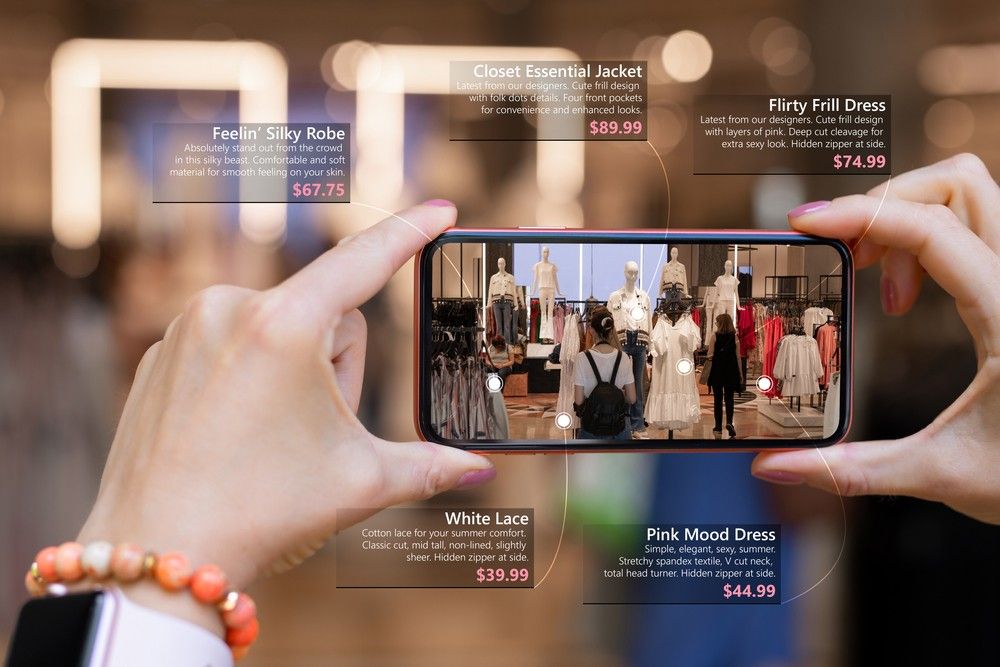In recent years, augmented reality (AR) has emerged as a powerful technology with the potential to revolutionize the way we shop and market products. AR blends the digital world with the physical world, overlaying computer-generated images onto the real environment. This technology has gained popularity in various industries, including retail and marketing, as it offers an immersive and interactive experience for consumers.
Enhancing the Retail Experience
One of the key advantages of AR in retail is its ability to enhance the shopping experience for customers. With AR technology, shoppers can virtually try on clothing, jewelry, or accessories without the need to physically visit a store. This not only saves time but also allows customers to see how products look on them before making a purchase.
Moreover, AR can provide customers with additional information about products, such as reviews, ratings, and customization options. By offering a more personalized and interactive shopping experience, retailers can increase customer engagement and drive sales.
Creating Engaging Marketing Campaigns
In the realm of marketing, AR has proven to be a valuable tool for creating engaging and interactive campaigns. Brands can use AR technology to gamify their marketing efforts, inviting consumers to participate in virtual challenges or scavenger hunts. This not only increases brand awareness but also fosters a sense of fun and excitement around the brand.
Furthermore, AR can be used to create immersive advertising experiences, such as virtual try-ons or interactive product demonstrations. By integrating AR into their campaigns, brands can capture the attention of consumers and differentiate themselves from competitors.
Driving Online and In-Store Sales
AR has the potential to drive both online and in-store sales for retailers. By implementing AR technology on their e-commerce websites, retailers can provide customers with a realistic shopping experience, leading to increased conversions and reduced returns.
In-store, AR can be used to enhance the shopping environment and provide customers with additional information about products. For example, AR-powered displays can show customers how furniture would look in their homes, or provide detailed specifications about electronic devices. This not only improves the shopping experience but also increases the likelihood of a purchase.
Challenges and Opportunities
While the potential of AR in retail and marketing is vast, there are still challenges that need to be addressed. One of the main hurdles is the cost of implementing AR technology, as creating high-quality AR experiences can be expensive.
Additionally, there is a need for greater consumer awareness and adoption of AR technology. Many consumers are still unfamiliar with AR and may be hesitant to use it in their shopping experiences. However, as AR technology becomes more mainstream and accessible, the opportunities for retailers and marketers will only continue to grow.
In conclusion, augmented reality has the potential to revolutionize the retail and marketing industries by providing customers with immersive, interactive, and personalized experiences. By leveraging AR technology, retailers and brands can enhance the shopping experience, create engaging marketing campaigns, and drive sales both online and in-store. As AR continues to evolve and become more widely adopted, the possibilities for innovation in the retail and marketing space are endless.


